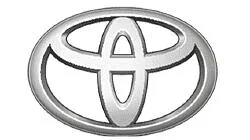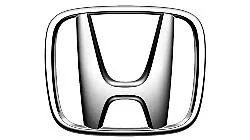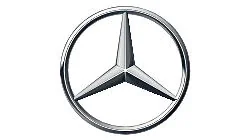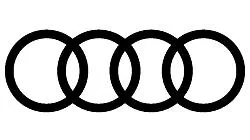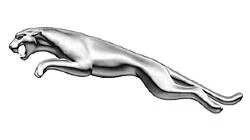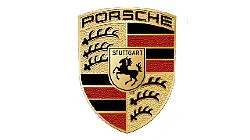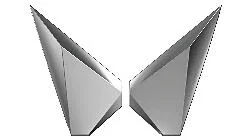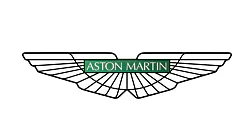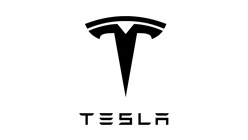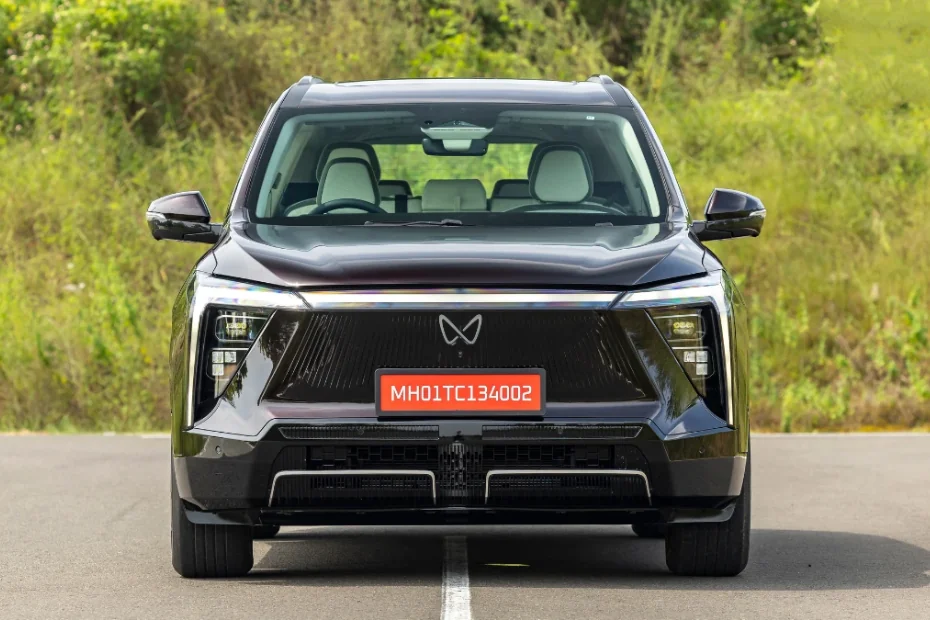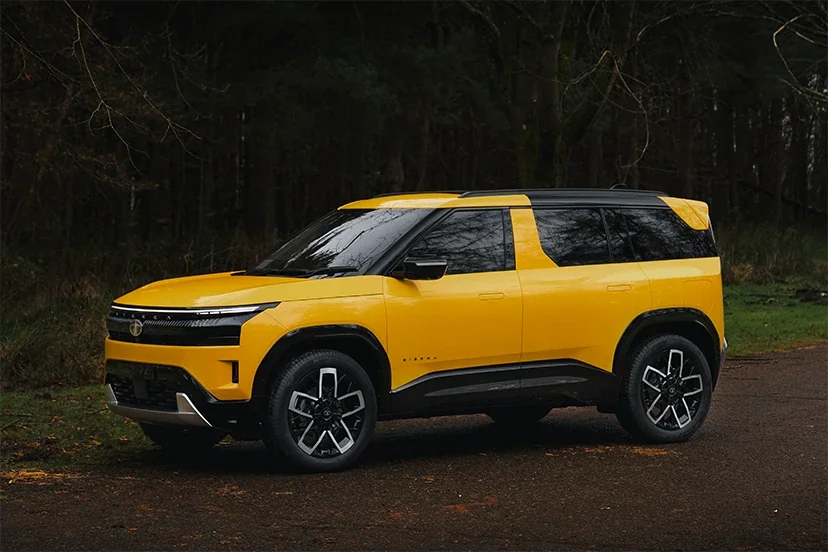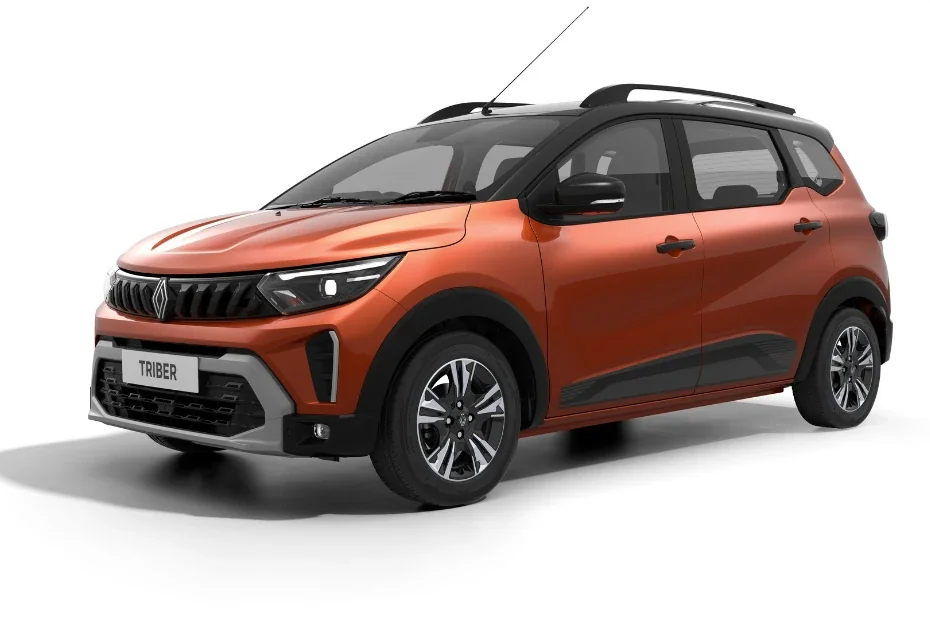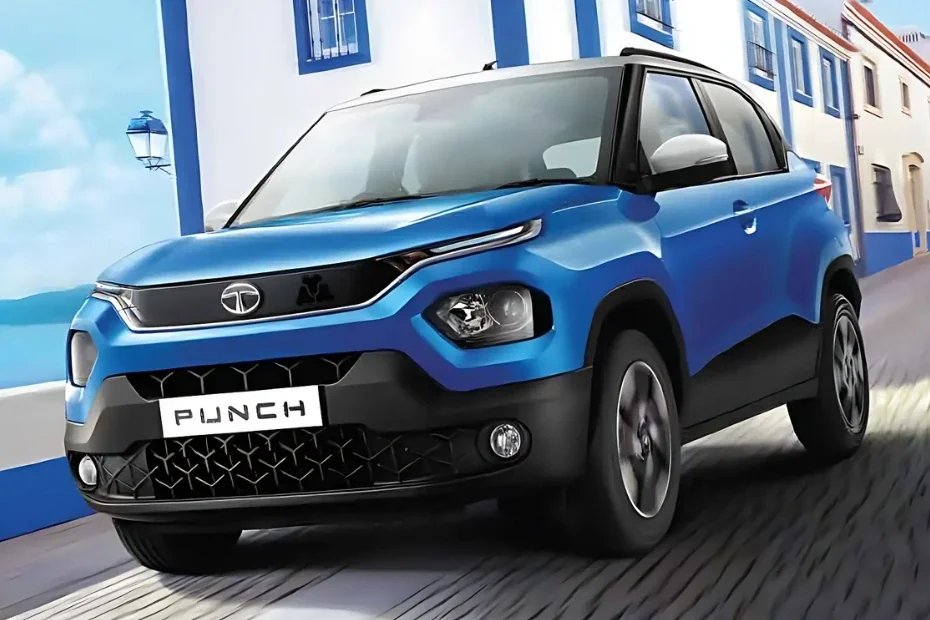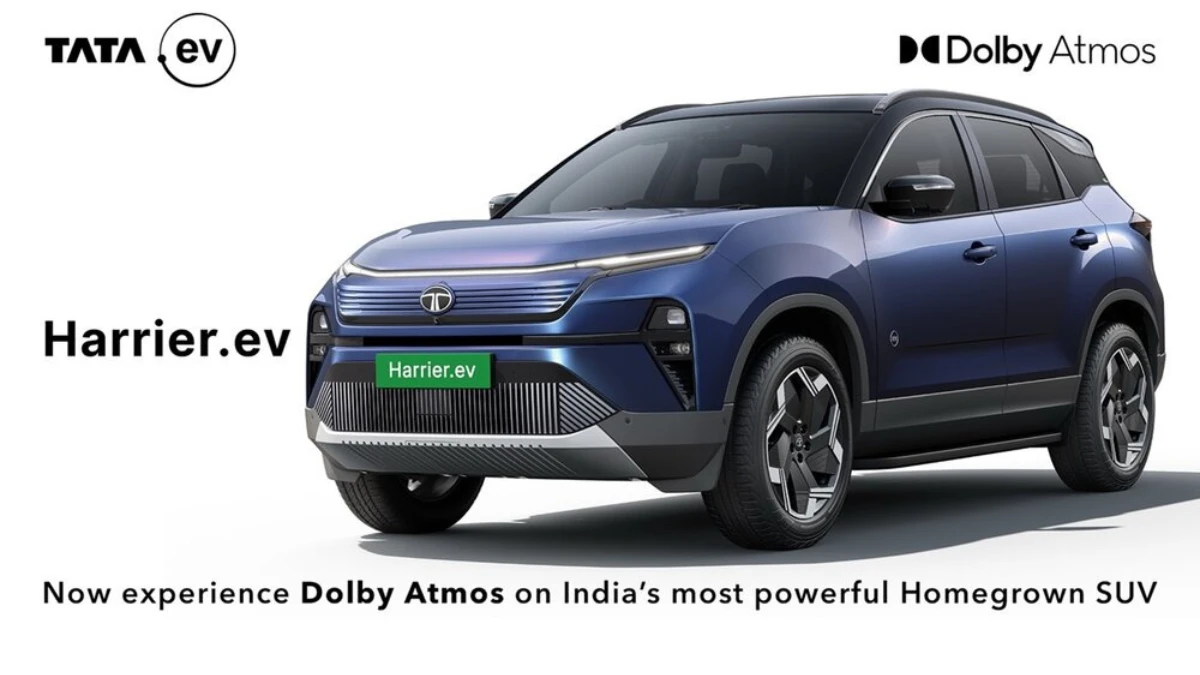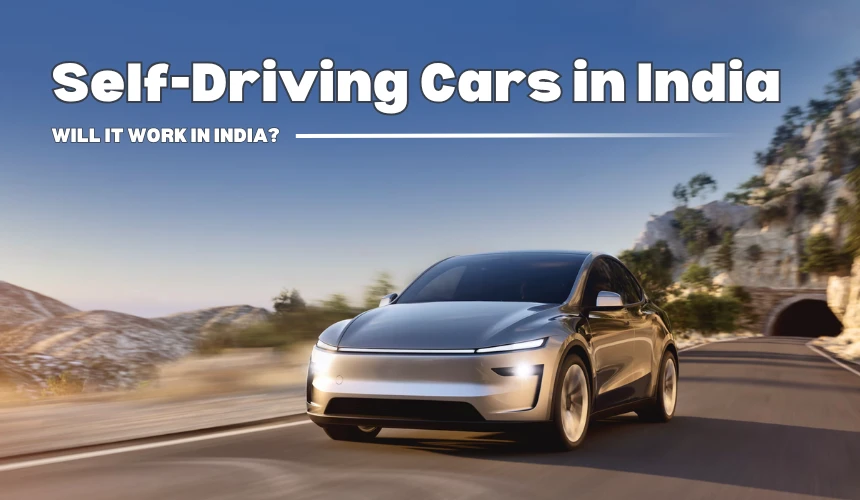
In the world of cars, turbocharged engines stand firm as a result of human innovation and the relentless pursuit of performance. Over the years, these high-performance engines have changed the face of the automotive world, bringing extra power and a whole new dimension to the driving experience. So, let’s go through the basics of engine working, where the magical secret of turbocharged mills can be explored.
Basics
Back in the day, the engine makers achieved more air by enlarging cylinders – that is called displacement. But the output was often a bulky, heavy engine that was slow to rev. That was when our friend Alfred Buchi turned the wheel of change in 1905 by introducing a revolutionary concept – turbocharging.
How does turbocharging even work? Imagine this - A tiny, powerful air compressor tucked away in your engine. As the exhaust gases exit the engine, they spin a turbine, which in turn spins a compressor wheel. This compressor wheel sucks in the air, compresses it and feeds it into the intake manifold, where it gets mixed with the air-fuel mixture. The result is a special mix of more air, better combustion of fuel and more power.
But how to send the charged air back to the turbo without getting too much pressure? Welcome the blow-off valve used to relieve the excess pressure; that's the typical sound that we all love. More power means burning more fuel faster, but that means more air is needed to keep pace.
Read Also: How to Manage Engine Life of Your Car?
Aviation Roots
Buchi's revolutionary concept made use of exhaust gases to drive a compressor, filling the combustion chamber with denser air. This concept found quick favour in the aerospace sector, where power loss at higher altitudes having thin air density was countered. Turbocharging—in the form of normalising or charging—becomes part and parcel of keeping an engine running like a pro under all conditions.
Heart of the Matter
Basically, turbocharging improves an engine's power and torque. The added heft makes an engine quicker, more responsive and generally more willing to work. The result is enhanced driving pleasure and, in smaller-engined vehicles, better fuel economy.
.jpg)
More power from the same engine displacement means that turbocharged engines can do the same things with less fuel. This means lower fuel bills and less pollution. But with great power comes great heat.
The turbocharger operates at extremely high temperatures, with the hot side of the turbine seeing some of the most intense exhaust gases. To balance out this heat and boost efficiency, intercoolers are used, which cool the compressed air before it enters the engine, making it denser and ready to be pushed through combustion.
Read Also: Most Fuel-Efficient Maruti Suzuki Cars
Automobile's Best Friend
Turbocharging is becoming standard practice for automobiles. Diesel engines commonly feature turbos. After all, they are great at pushing out torque and fuel economy. Alternatively, turbocharging is becoming popular in petrol engines, particularly in smaller displacements where the gain in power is often comparable to that of a larger engine with the bonus of maintaining fuel economy.
One of the original problems of turbocharging was the infamous turbo lag, the time it took for the turbos to spin up. To combat this lag, engineers designed twin-turbo systems.
The evolution of twin-turbo systems has further refined performance, with parallel and sequential configurations optimising power delivery across the rev range. From the Maserati Biturbo to modern marvels like the Toyota Supra and Mazda RX-7, twin-turbocharging has reshaped the automotive landscape, delivering exhilarating performance and unmatched efficiency. In the Indian context, the Hyundai Venue ‘N-line’, and the Jeep Compass sporting the 2.0-litre Multijet diesel are popular names.
Notably, it has also made significant inroads into the realm of motorsport. Formula One racing cars, renowned for their cutting-edge technology, rely heavily on turbocharged engines for incredible speeds and performance.
Advantages & Disadvantages
| Advantages | Disadvantages |
| General bump in power output, even from smaller displacements | Increase in heat production |
| Mileage increase | Turbo lag at low speeds |
| Drop in emissions due to better fuel consumption | Reliability is a concern due to added mechanical components |
| Can be used with petrol and diesel | Increased cost |
Charging to the Future
Turbocharging, a technology born out of ingenuity and the pursuit of power, has transformed the automotive landscape. Its ability to enhance performance while maintaining fuel efficiency has made it a cornerstone of modern engine design. As technology continues to advance, turbocharging is poised to remain a strong driving force in automotive innovation for years to come.
FAQs
What is the difference between turbochargers and superchargers?
While turbochargers rely on the car’s exhaust gases to spool up, superchargers are activated by the engine they are attached to using a belt pulley system.
Is a 1.0-litre turbo petrol engine powerful?
Maruti Suzuki’s Fronx uses a 1.0-litre turbo-petrol motor belting out 98.6 bhp and 147.6 Nm of torque. For reference, its 1.2-litre naturally aspirated mill makes 89 brake horsepower and 113 Nm.
About Author
Uday Singh is a dynamic automotive journalist known for his concise yet comprehensive writing style and profound understanding of the industry. His passion for motoring has led him to quickly become a respected voice in automotive circles, offering insightful reviews and analyses that resonate with enthusiasts and industry insiders.
Top Car Brands in India
Top Car Brands in India
Trending Car News in India
Trending Cars in India
Trusted Dealer
All Over India
Irresistible Offers
Stay Updated, Pay Less
Compare Cars
Choose the Right Car
Easy Finance
Multiple Finance Options

Monday - Saturday
10:00am - 6:30pm
+91 7947722777, +91 7479000444, +91 9311718549
contact@carlelo.com








